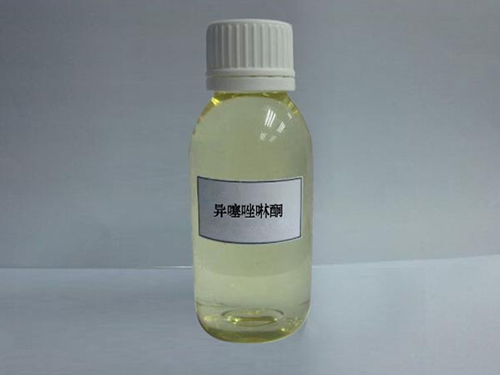Hydrolyzed Polyacrylamide Applications and Benefits in Various Industries
Hydrolyzed Polyacrylamide An Overview of Applications and Benefits
Hydrolyzed polyacrylamide (HPAM) is a water-soluble polymer derived from polyacrylamide through the process of hydrolysis. This polymer has gained significant attention across various industries due to its remarkable properties, such as its ability to enhance the viscosity of aqueous solutions and its efficacy as a flocculant. HPAM's versatility has led to widespread applications in fields ranging from oil and gas extraction to water treatment, agriculture, and mining.
One of the most prominent applications of hydrolyzed polyacrylamide is in the oil and gas industry, particularly in enhanced oil recovery (EOR) processes. During EOR, HPAM is used to increase the viscosity of water injected into oil reservoirs, which helps to improve oil displacement efficiency. This property allows for the mobilization of more crude oil from reservoirs, thus maximizing extraction rates. The use of HPAM not only improves recovery but also reduces the amount of water needed in the process, promoting sustainability in resource management.
In the field of water treatment, hydrolyzed polyacrylamide serves as an effective flocculant. Its ability to bind small particles and promote their agglomeration makes it invaluable for purifying water in municipal and industrial applications. By facilitating the removal of suspended solids, HPAM plays a crucial role in the sedimentation process, leading to clearer and cleaner water. This application is especially vital in systems where water quality standards are stringent, such as in drinking water treatment and wastewater management.
hydrolyzed polyacrylamide

Agriculture also benefits significantly from hydrolyzed polyacrylamide. Farmers utilize HPAM to improve soil structure, enhance water retention, and reduce erosion. By incorporating HPAM into soil management practices, farmers can create a more favorable growing environment for crops. The polymer's ability to hold moisture is particularly beneficial in arid regions where water scarcity is a challenge. Additionally, HPAM can enhance the efficiency of fertilizers and pesticides, helping to increase crop yield and sustainability.
In mining operations, hydrolyzed polyacrylamide proves useful in mineral separation processes. Its flocculating properties assist in the efficient separation of minerals from ore, streamlining the extraction process and reducing waste. This application not only increases operational efficiency but also minimizes environmental impact, making it a preferred choice in modern mining practices.
Despite its many benefits, the use of hydrolyzed polyacrylamide is not without challenges. Environmental concerns regarding the degradation of polyacrylamide and its potential toxicity have sparked research into more sustainable alternatives. Biodegradable polymers and natural flocculants are being explored to reduce ecological footprints while maintaining efficiency in various applications.
In conclusion, hydrolyzed polyacrylamide is a versatile polymer with extensive applications across diverse industries. Its effectiveness in enhancing oil recovery, improving water treatment processes, supporting agricultural practices, and facilitating mining operations underscores its value. As industries continue to seek sustainable solutions, research and development efforts will likely focus on optimizing HPAM formulations and exploring eco-friendly alternatives. The journey of hydrolyzed polyacrylamide reflects the intersection of technology, industry needs, and environmental stewardship, making it a fascinating subject worthy of continued exploration and innovation.
-
Water Treatment with Flocculant Water TreatmentNewsJun.12,2025
-
Polymaleic AnhydrideNewsJun.12,2025
-
Polyaspartic AcidNewsJun.12,2025
-
Enhance Industrial Processes with IsothiazolinonesNewsJun.12,2025
-
Enhance Industrial Processes with PBTCA SolutionsNewsJun.12,2025
-
Dodecyldimethylbenzylammonium Chloride SolutionsNewsJun.12,2025





